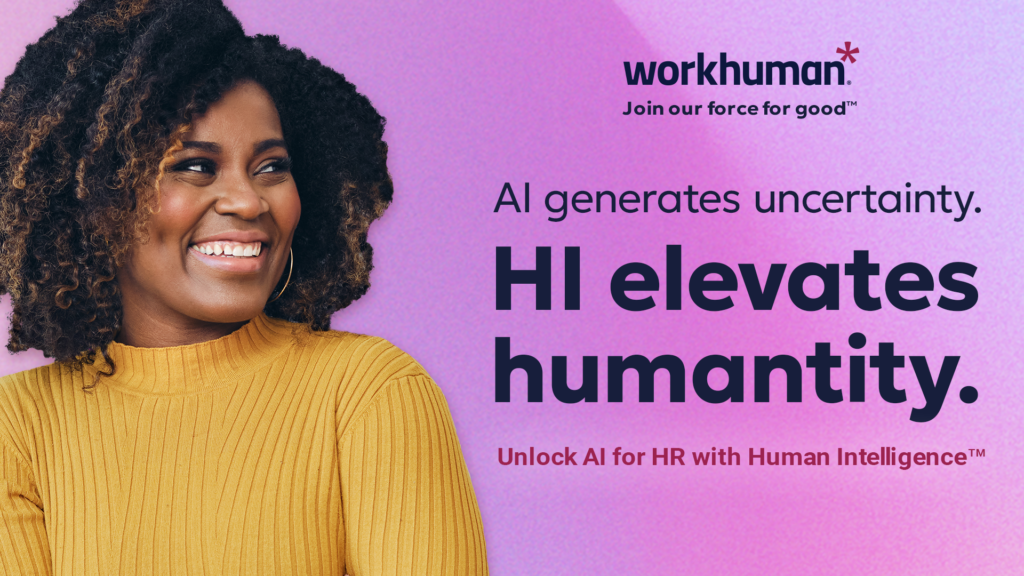Imagine walking into work each day, knowing that if you make a mistake or admit you’re struggling, your credibility might vanish. Now imagine being the leader and feeling the same way.
Despite all the progress we’ve made in redefining what great leadership looks like, vulnerability is still largely misunderstood, and worse, it’s undervalued.
In my research with thousands of employees and leaders, less than 11% of organizations said vulnerability is seen as a leadership strength. Even more troubling, nearly one-third of employees said they don’t even know how vulnerability is perceived in their company. And when uncertainty exists, silence follows.
In this episode, we unpack why so many organizations are stuck in outdated mindsets around vulnerability, how it’s costing us trust and innovation, and what it really looks like to lead with strength and humility.
Listen to the episode here on Apple Podcast & leave a review!
Where Leadership Meets Humanity (and Why That Matters)
We tend to put leadership and vulnerability at opposite ends of the spectrum. One is seen as powerful, the other seen as soft. One earns respect, the other is where hesitation kicks in. But when we separate the two, we create two very unhelpful extremes.
On one side, we get “robotic leaders” who are competent but cold, respected but unrelatable. On the other hand, we get “over-sharers” who want to connect emotionally but lack the credibility to inspire confidence.
Instead of choosing one side, why don’t we build a vulnerable leader? It’s someone who’s skilled at the job, trusted to deliver, and human enough to connect with people.
Why Leaders Struggle to Show Vulnerability
Most employees are already vulnerable to their leaders. They know that leaders hold the power to assign projects, influence promotions, and create (or kill) momentum. Employees live with that vulnerability every day.
What we don’t acknowledge enough is that the opposite is also true.
Leaders are vulnerable to employees. When a team underperforms, it reflects on the leader. When trust breaks down, it’s the leader’s credibility that erodes. But because we rarely talk about this “vulnerability in reverse,” most leaders end up defaulting to a protective shell instead of being authentic.
…
This episode is sponsored by Workhuman:
Here’s a good question for you: Who in your marketing department is a flight risk? How about: Where are your talent or skills gaps? Or: Which employees make up your next generation of leaders? If you couldn’t answer any of these, then you need to check out Human Intelligence™, from Workhuman. By combining AI with the rich data of their #1 rated employee recognition platform, Human Intelligence unlocks insights and capabilities that redefine talent management, cultural transformation, and employee engagement.
Want to learn more? Go to workhuman.com and learn how today’s leading companies are turning AI into a force for good with Human Intelligence.
What Vulnerability Actually Looks Like in Practice
Leading with vulnerability doesn’t mean over-sharing or confessing every insecurity. It means acknowledging your limits while demonstrating your commitment to growth.
Let’s say you’re stepping into a new leadership role. Most people walk up and say something like:
“I’m excited to be here. This is new for me, but I’m ready.”
It’s honest, sure. But it doesn’t build confidence. It leaves your team thinking, “Okay… so what now?”
Now imagine saying this instead:
“I know I’m stepping into this role for the first time, and I want to be the best leader you’ve had. So I’ve already lined up a mentor internally, I’m working with an executive coach, and I’m currently reading three leadership books I’d love to share with you. I also want your feedback along the way — my door is always open.”
That version still owns the vulnerability, but it pairs it with action, clarity, and confidence. It sends the message: “I may not have all the answers, but I’m doing the work.”
Listen to the episode here on Apple Podcast & leave a review!
Why This Creates Real Business Value
When leaders show vulnerability with action, they build trust, and that’s where everything else grows: collaboration, engagement, innovation.
When employees see their leader as human and capable, they’re more likely to share bold ideas, speak up about challenges, collaborate across teams, and own their mistakes and learn from them.
But when vulnerability is missing — or worse, punished — employees hold back. They fear judgment, avoid risk, and play it safe. Over time, that fear kills creativity and drives top talent out the door.
Conclusion
We don’t need to choose between strong leadership and authentic leadership. In fact, the best leaders are the ones who combine both. They don’t shy away from showing their human side, but they back it up with real effort, transparency, and action.
So the next time you’re tempted to say, “I’ve never done this before,” ask yourself what you’re doing to close the gap. And better yet, let your people in on that process. That’s how trust is built.
Listen to this full episode of Leadership Spark to hear more insights and real-world examples of how to lead with vulnerability without losing credibility.


